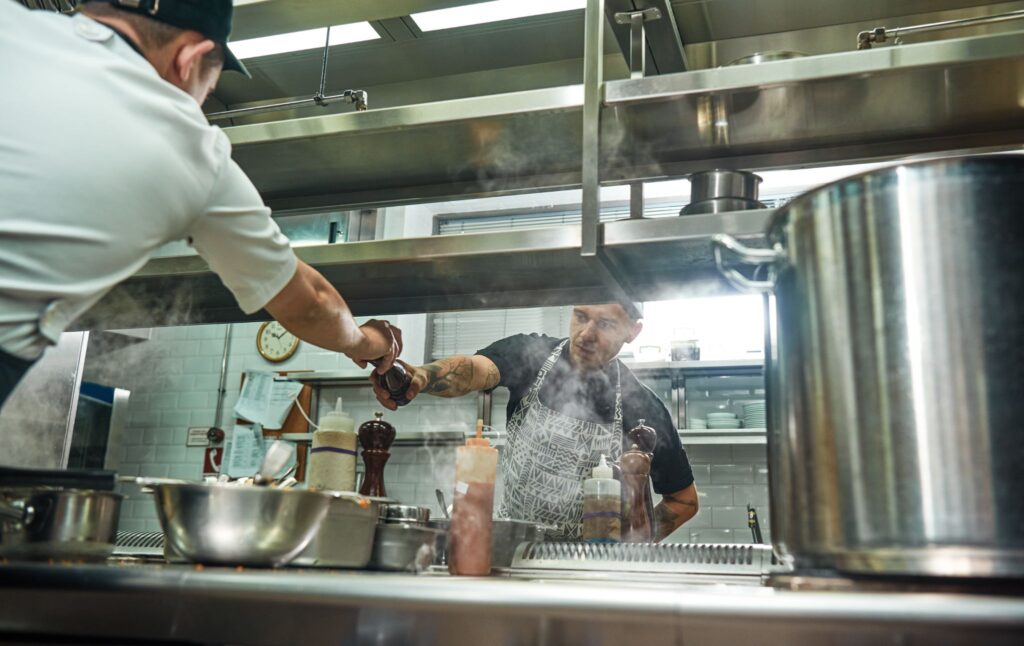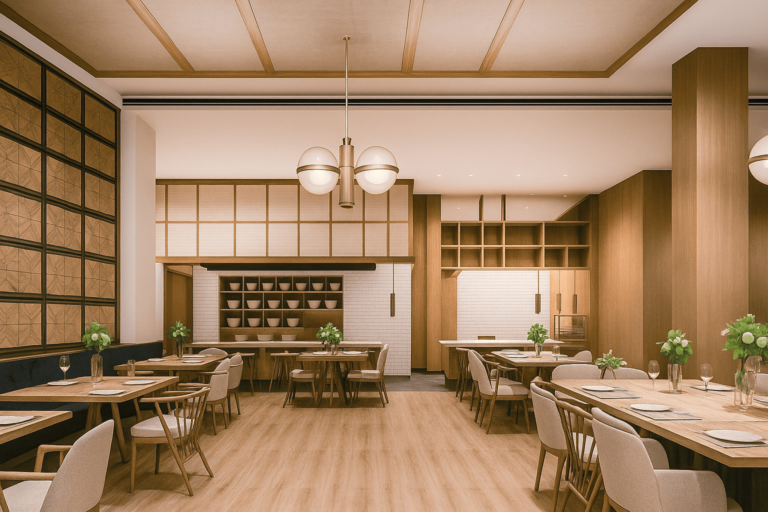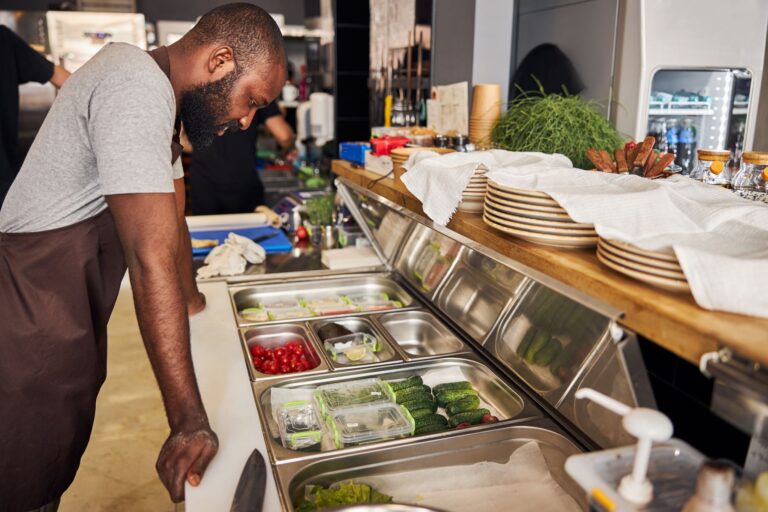In the heat of service, every step counts. A fridge too far, a prep zone too tight and small layout issues can disrupt the entire flow. That’s why more kitchens are being designed around how teams actually move. Workflow-first design isn’t just theory, it’s what keeps modern hospitality running smoothly.
Designing for movement, not just space
In a busy kitchen, every second counts and every step matters. Traditional layouts focused on squeezing in equipment, but today the focus is shifting. Kitchens are designed around people, how chefs move, how teams interact, and how tasks overlap during service. The goal is simple: cut unnecessary steps, reduce friction, and support the natural flow of work.
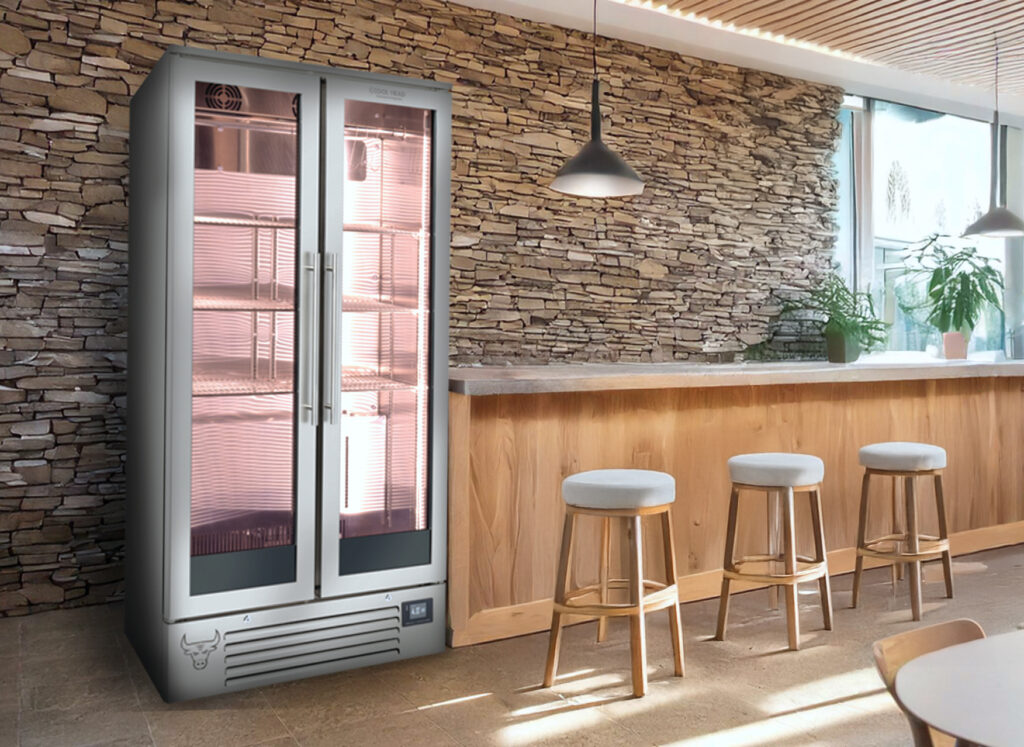
From paper to performance
Making workflow-focused design a reality means collaboration from the start, bringing together operators, designers, and technicians. It begins with understanding real kitchen pressure points and routines.
For example, placing refrigeration close to prep areas or built into counters cuts down walking time and keeps things running smoothly. Our approach goes beyond layout: we tailor equipment features to fit each client’s specific workflow needs, ensuring the kitchen works exactly as it should.
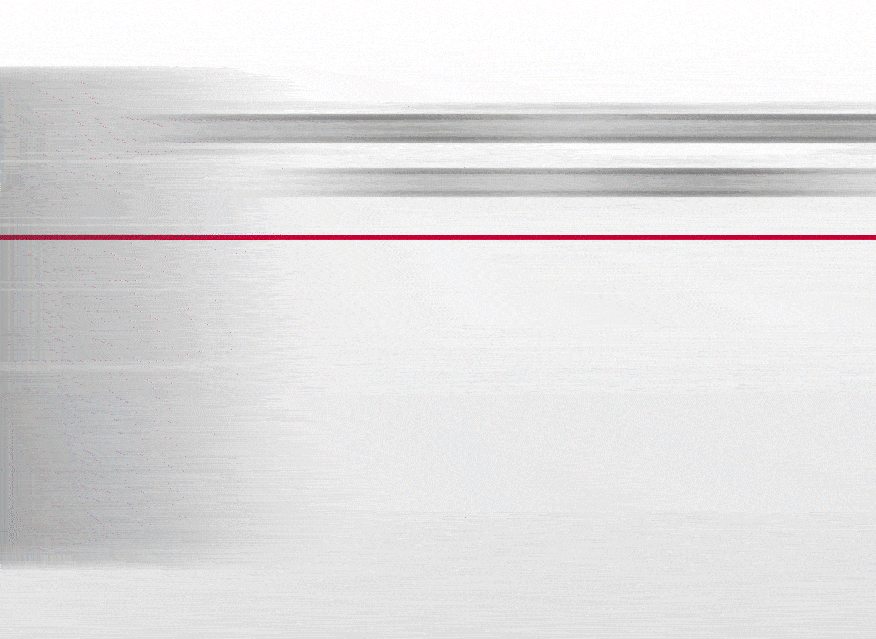
What to prioritise in a workflow-first kitchen
This doesn’t always mean rebuilding. Often, it’s about rethinking how existing elements work together:
- Placement: are key units where they’re needed most or just where they fit?
- Movement: can staff move freely without blocking each other?
- Energy: is equipment chosen and arranged for efficient, logical flow?
- Maintenance: is everything easy to access, clean, and service?
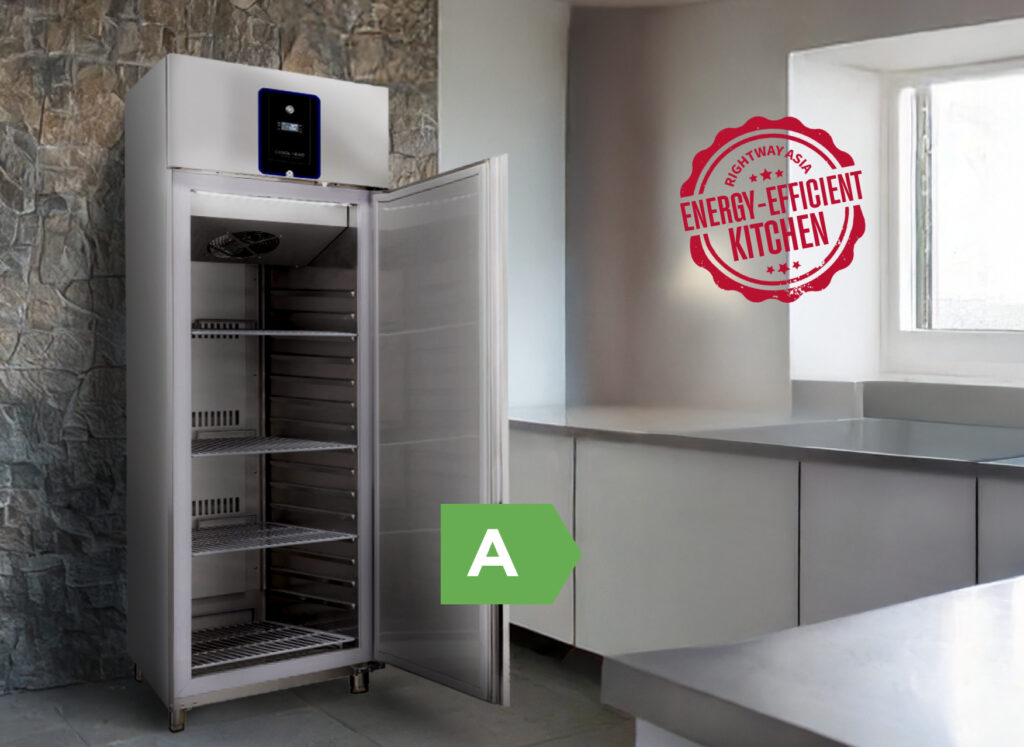
Choosing compact, quiet, energy-efficient models with natural refrigerants keeps the workflow smooth and supports sustainability. Refrigeration that fits the flow isn’t just practical. It’s essential.
Selecting equipment that uses less electricity not only lowers operational costs but also reduces the environmental footprint. With higher energy efficiency, carbon emissions drop, aligning with global efforts to combat climate change. At the same time, choosing natural refrigerants avoids the harmful effects of traditional synthetic gases, helping businesses stay compliant with regulations while contributing to a healthier planet.





